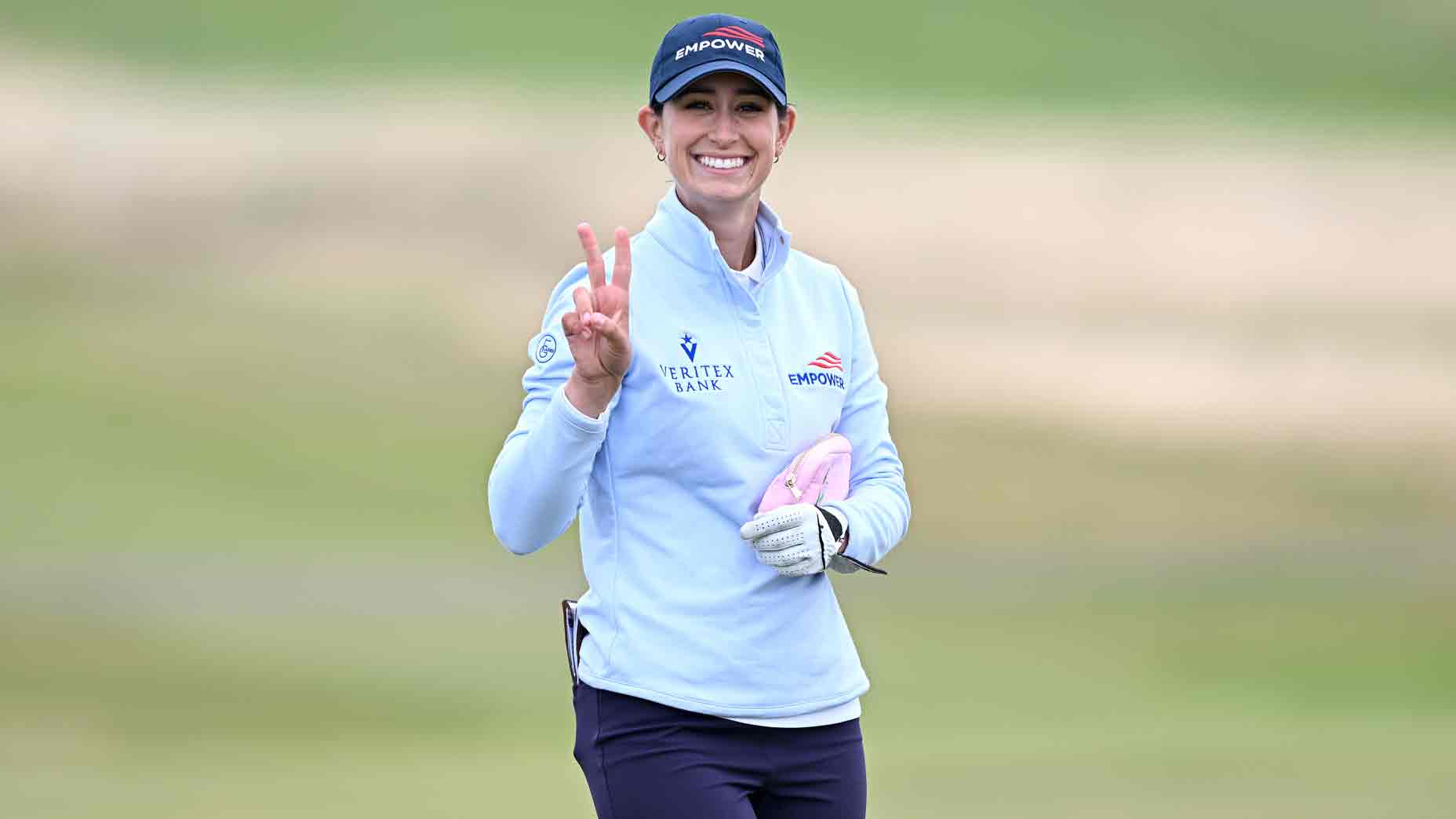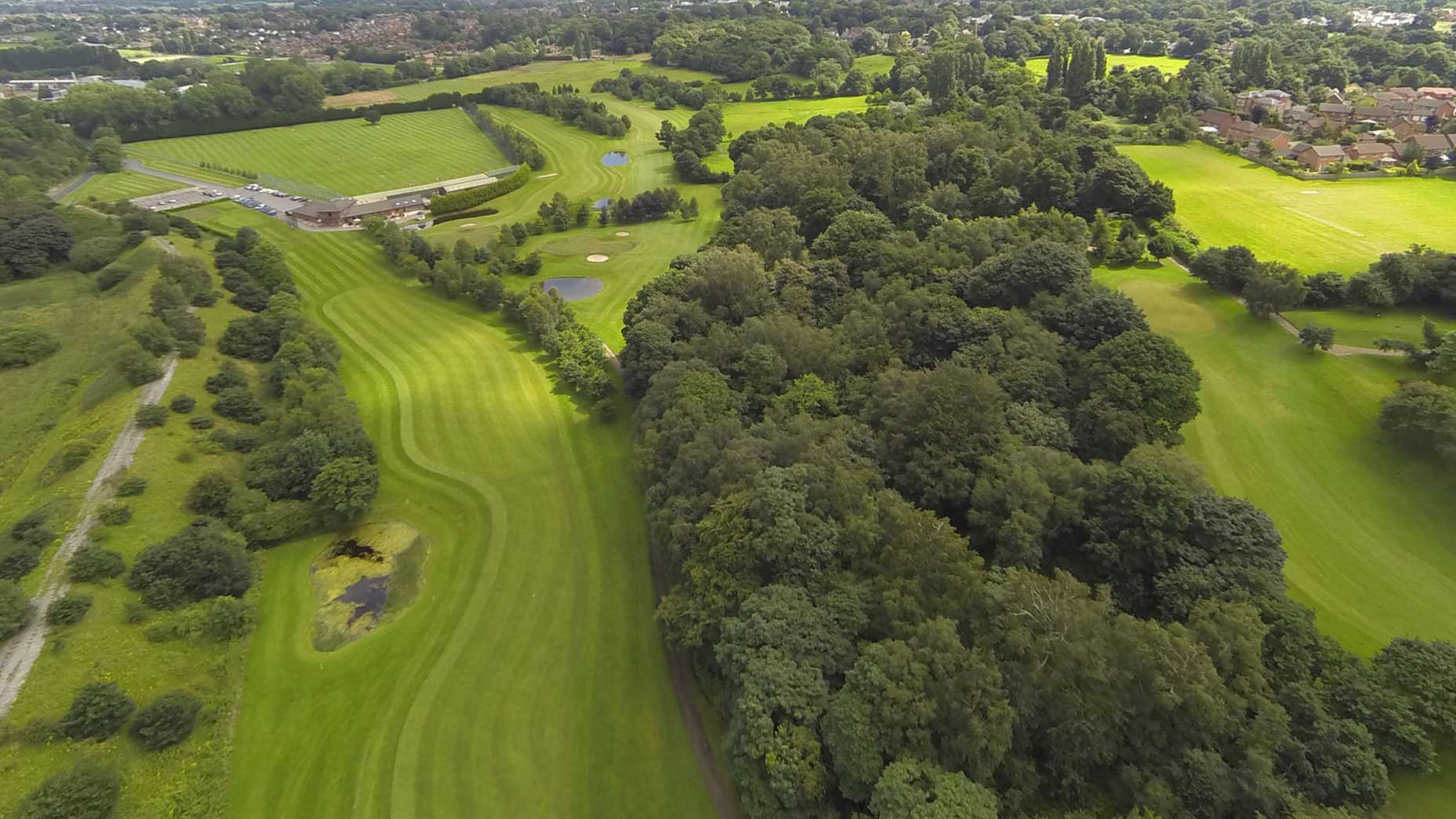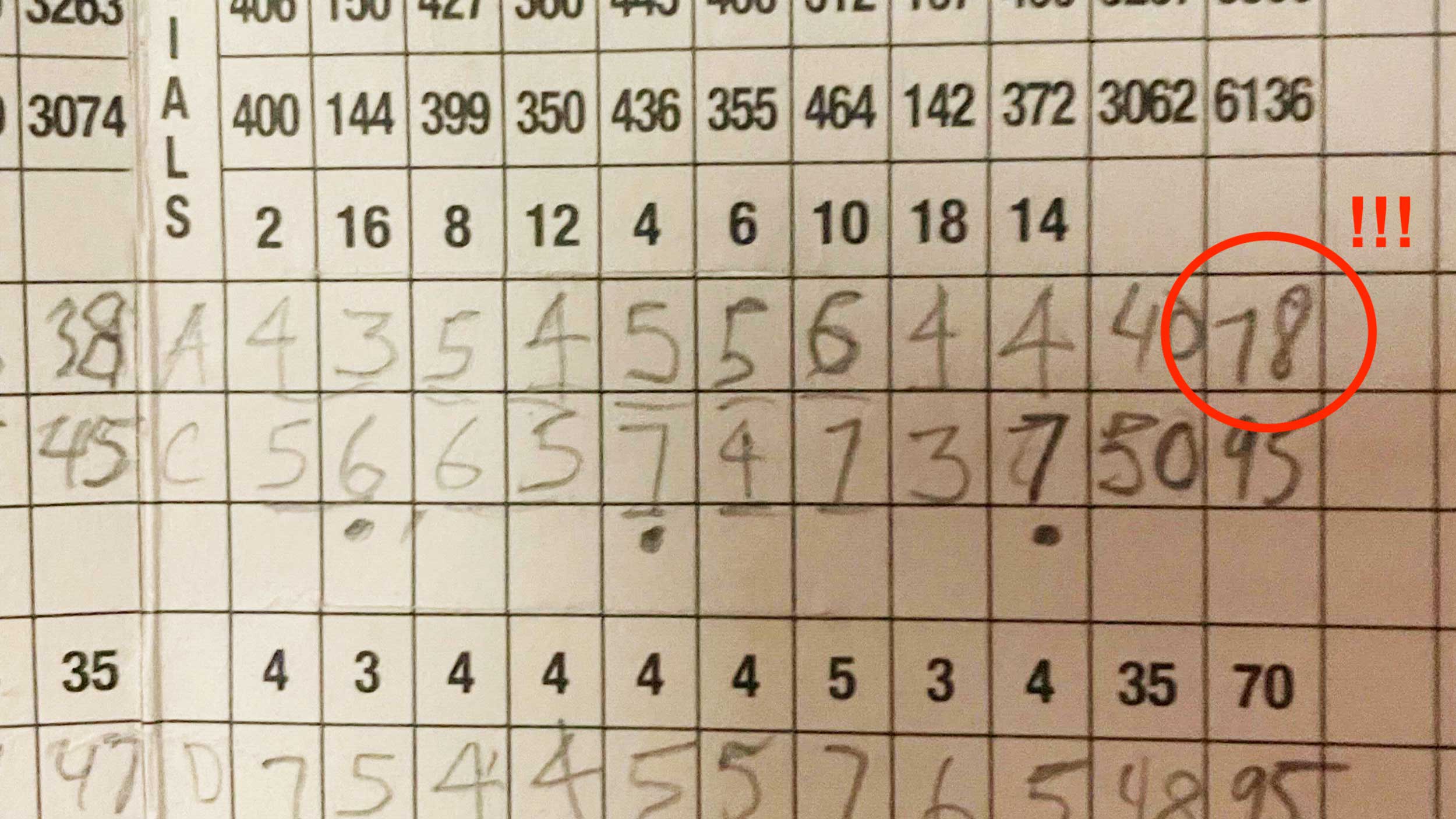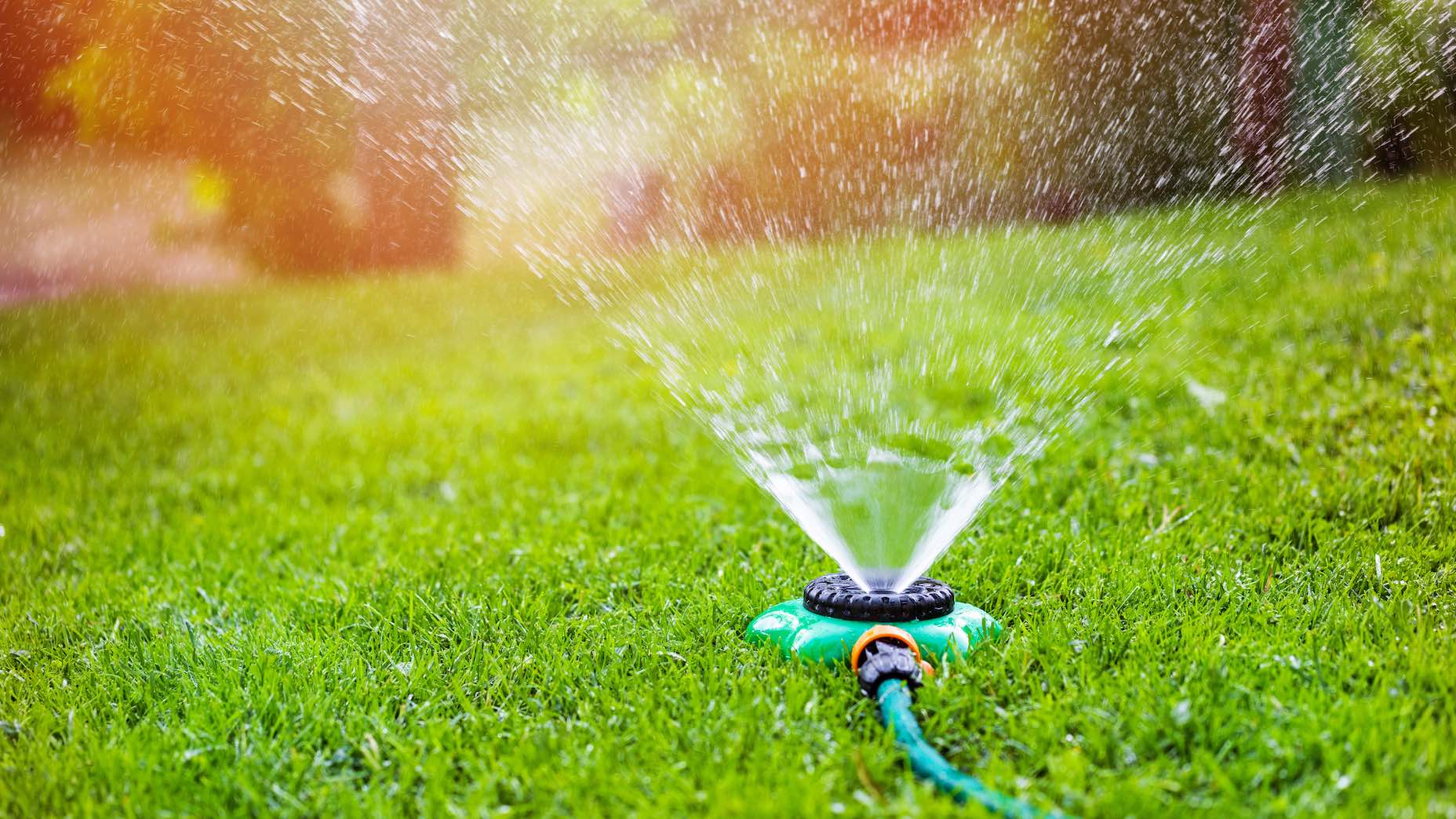How to play golf alone
- Share on Facebook
- Share on Twitter
- Share by Email
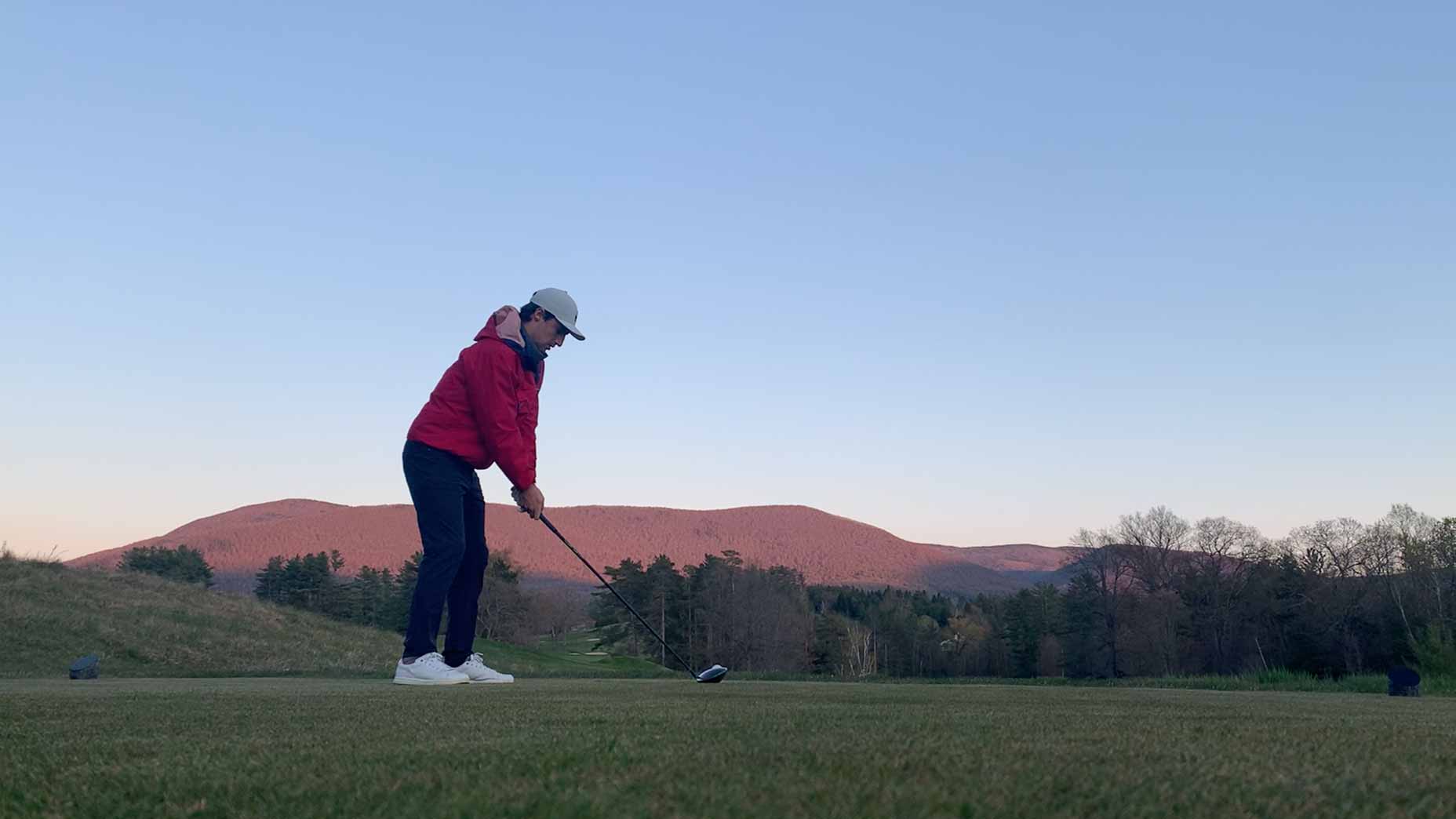
Dylan Dethier on No. 3 at Taconic Golf Club in Williamstown, Mass.
Dylan Dethier
WILLIAMSTOWN, Mass. — It’s 7:07 p.m. and the first tee is open. Most first tees are at that hour; it’s dinnertime, and there’s not enough daylight to get in a full and proper round. It’s also the best time of day to play.
The open first tee is a particularly welcome sight in whatever phrasing of “these uncertain times” you’re currently employing. Here, at Taconic Golf Club, tee times are required for all play now. But the computer system only offers ’em until 6:45, and the last couple were empty, and I’m by myself, anyway. Green light.
How do you play golf alone during a pandemic? It can feel like a contradiction, like a violation. Fiddling while Rome burns. But this is a time of contradiction, where staying at home is vital — and going outside is, too. Playing golf alone can actually help.
Tonight my Titleist 1 is squaring off against my Titleist 3, a grudge match if there ever was one. The 1 ball flies weak and right; 3 is thin but straight. No warmup, I tell myself. First excuse of the night. We’re off.
Privilege and golf have always walked hand in hand, but privilege means something rather different at the moment. Traditionally the “best” courses are the ones that everyone’s clamoring to play but nobody’s allowed to. Now the Top 100 Courses could be based off available tee times and open spaces. Privilege is a big field in a small town and a free tee sheet. It’s a walkable course, because no carts allowed. It’s an easy first hole, because driving range closed. It’s the ability to be near a golf course at all, and to be able to escape to one. That hardly means you should feel guilty for doing so — but grateful, to be sure.
The 3 ball’s birdie putt rockets past the hole, leaving some 8 feet for par. The putting green was closed. Second excuse, already. It’s a turning point in the round: Are we grinding out two-putts or scooping ’em up and moving on to the next tee? Luckily the comebacker finds the (raised) cup. The verdict is deferred.
There’s other people here, scattered about. Two twentysomethings sharing one golf bag look up from an adjacent fairway and freeze, looking skittish. I’m not sure they were on the tee sheet, either. I give a wave, to show I’m no cop. One half-waves back, then tops his wedge shot. Oh well.
It’s been a cold, wet, windy start to spring in Massachusetts. It’s easy to imagine the hassles this would mean in a normal year. Postponed high school baseball games. Kids stuck inside after school. Gardens ruined by the frost. Just three days ago, it snowed three inches. In May! But this year, with golf courses (and just about everything else) closed down, the prolonged chill has had the effect of keeping spring on ice, ready for us when we’re ready to crack it open.
The 1 and 3 balls make matching bogeys on the par-4 2nd. Weak iron shots, mediocre chips, missed putts. It’s beautiful out here. The greens have a patchy early-season look, but they’re firm and speedy. Divots and ball marks are few and far between.
I’d never venture that this — a solo round in the stillness of the evening — is a time to learn about yourself. Too trite. But there’s no doubt it’s a time to learn about yourself as a golfer. Do you play better on your own, or do you require outside scrutiny to keep concentration? Do you pick up three-footers because you figure you’ll make ’em when they count, or do you grind on three-footers now, with the benefit of time and space, to make sure you’ll make ’em when they count? Do you need a full scorecard, properly kept, official score recorded? Or are you content with a flushed iron into the sunset, birdies and bogeys be damned?
Three deer are settled by the 5th tee, chomping away at the rough, which is thriving. Spring snow, they say, is the poor man’s fertilizer. The 3 ball has the tee (he’s 1-up) and the deer take notice, and freeze, and all three stare in my direction. An attentive gallery. At impact, they take off in a dead run toward the woods. A bit rude to the second player, I mutter to myself. I may be losing my mind.
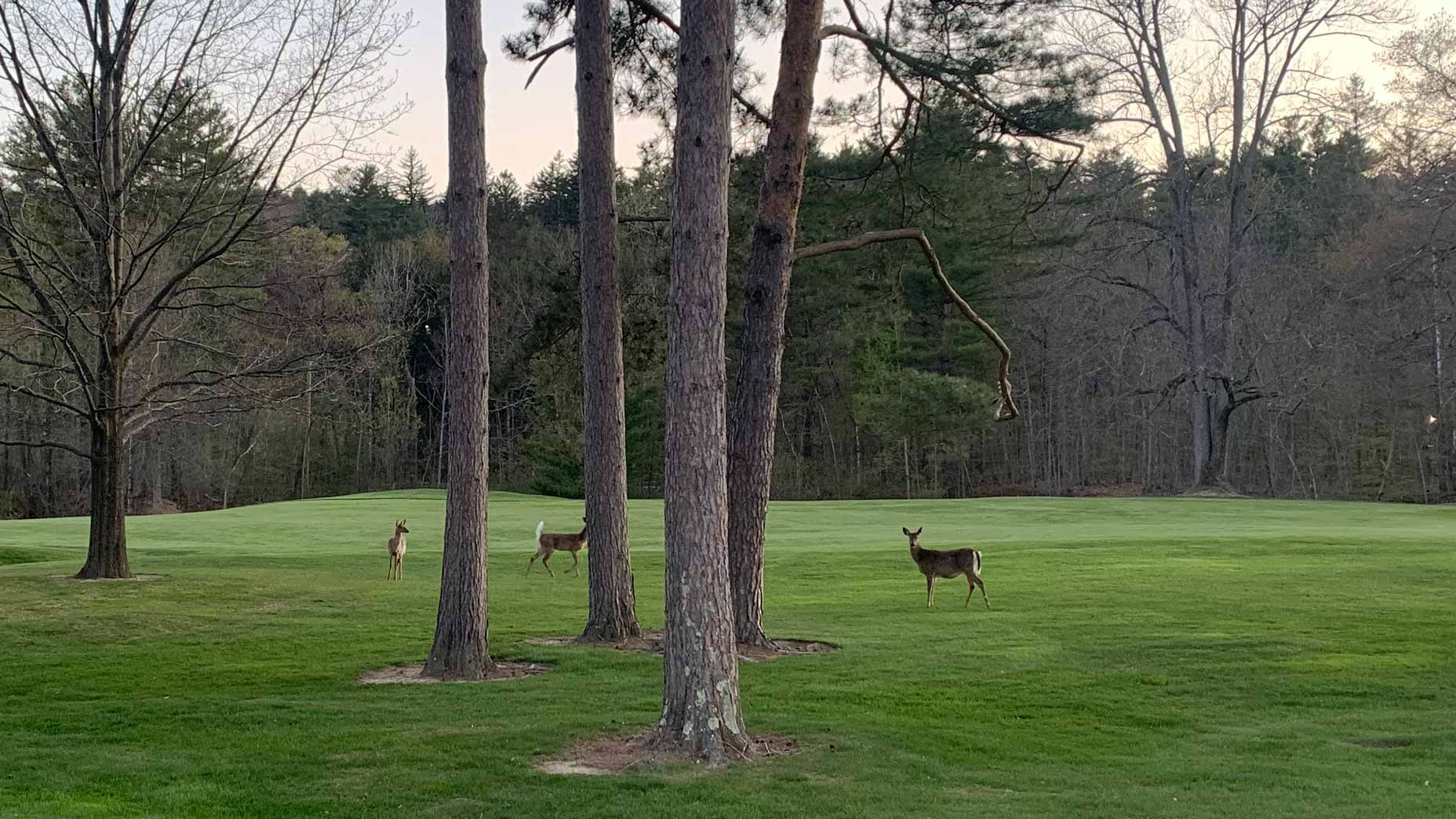
The illusion is that score doesn’t matter here, that “how you play” during a solo round in the dark is irrelevant. But I find it more relevant than ever. With nobody else around to care, you’re left to shoulder that entire responsibility yourself.
The 1 ball makes a particularly satisfying sand save from the right bunker on 6. “He just won’t go away,” I imagine Brian Anderson saying on the broadcast. Not Jim Nantz, but Brian Anderson. Tough to say why. It’s getting legitimately dark now, orange sky on dark purple mountains. A woman walks her dog down the adjacent 13th fairway. Until the official opening a few days ago, the course had been encouraging public access. No lack of open space.
tee sheet was wide open after 7:30 pm! pic.twitter.com/nS3Kgas6B7
— Dylan Dethier (@dylan_dethier) May 14, 2020
It shouldn’t matter at all whether I outrace the sun to finish the entire front nine. But it matters a great deal, because Titleist 3 is clinging to this 1-up lead, and there will be no Thursday morning finish. On we plod.
Back to that question, then. How do you play golf alone? You just do. However you want to. Gratefully. Mask- and anxiety-free. With one golf ball or two or five.
On the par-3 9th, my last full swing of the day, I finally find something. It’s easy to rush when you’re playing by yourself — there’s nobody waiting, or watching, or scrutinizing. Don’t rush. I address the ball and then just stand, for an extra split-second, letting the stillness in. Good contact follows.
I can’t see it land, but as I approach the green a ball appears near the flag. The 1 ball has a birdie putt at the last, in the dark, to tie the match. What a moment!
He leaves it short.
Latest In Travel

Dylan Dethier
Golf.com Editor
Dylan Dethier is a senior writer for GOLF Magazine/GOLF.com. The Williamstown, Mass. native joined GOLF in 2017 after two years scuffling on the mini-tours. Dethier is a graduate of Williams College, where he majored in English, and he’s the author of 18 in America, which details the year he spent as an 18-year-old living from his car and playing a round of golf in every state.

